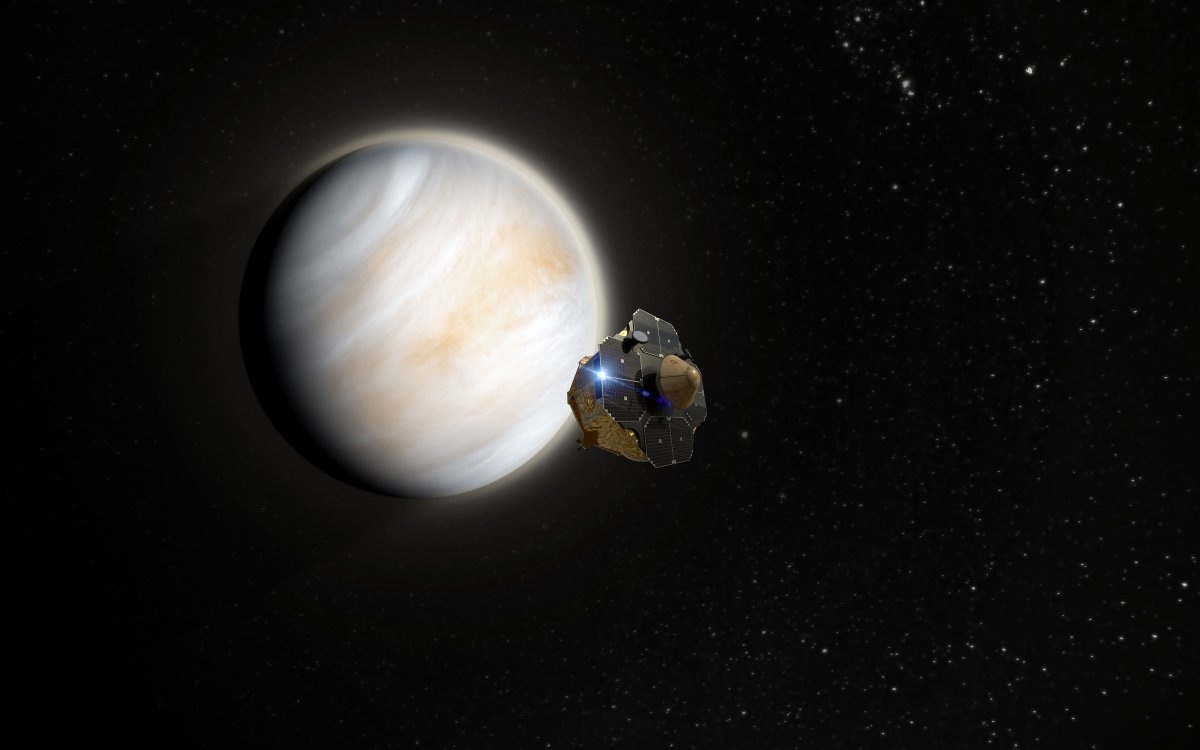WASHINGTON — Rocket Lab is gearing up to launch an exciting privately funded mission to Venus by the end of 2024, drawing on its experience from a successful mission to the moon.
During a recent meeting of the Venus Exploration Analysis Group (VEXAG) on October 29, Christopher Mandy, the lead system engineer for Rocket Lab’s interplanetary missions, announced that the Rocket Lab Mission to Venus, also known as the Venus Life Finder, is scheduled to launch on December 30, 2024.
This groundbreaking mission will involve sending a small spacecraft to Venus, equipped with a single instrument called an autofluorescence nephelometer. The probe will separate and descend into the planet’s atmosphere, where it will search for organic compounds in droplets within the clouds. The Venus Life Finder is the first in a series of proposed missions by scientists at MIT aimed at detecting signs of life in Venus’s atmosphere. For more information on mission concepts, visit venuscloudlife.com.
Rocket Lab has been collaborating with MIT and other partners on this privately funded mission. Initially projected to launch in May 2023, the mission was delayed due to other priorities. Rocket Lab CEO, Peter Beck, referred to this project as a “nights-and-weekends project” that has faced delays but is still being worked on.
Mandy reported that progress is being made on various components of the mission, including a thermal protection system provided by NASA’s Ames Research Center and the main instrument from Droplet Measurement Technologies. Both are expected to be delivered by the end of the year, enabling assembly, integration, and testing of the spacecraft next year.
The current launch date for the mission is set for December 30, although the length of the launch period was not disclosed. An Electron rocket will place the 315-kilogram spacecraft into low Earth orbit, where it will perform orbital maneuvers leading to a lunar flyby that will redirect the spacecraft towards Venus. If all goes according to schedule, the spacecraft will arrive at Venus on May 13, 2025.
Once the probe separates from the cruise stage, it will collect data for approximately five minutes as it descends through the planet’s clouds in the upper atmosphere. The spacecraft will then transmit the collected data for 20 minutes before reaching an altitude of about 22 kilometers. At this altitude, the atmospheric pressure reaches 20 atmospheres, which is the maximum the probe is built to withstand. Simultaneously, the internal temperatures will rise to the limits allowable for the onboard electronics.
This mission capitalizes on the hardware and mission design used for CAPSTONE, a NASA-funded lunar mission launched in June 2022. Rocket Lab is reusing the bus design from the CAPSTONE mission to minimize engineering efforts and keep costs low for this privately funded endeavor.
While the MIT scientists have plans for more ambitious missions in the future, Rocket Lab views the Venus probe as primarily a demonstration of its capabilities. Mandy stated that Rocket Lab has no immediate plans for funding other missions but hopes that by showcasing the feasibility and cost-efficiency of this mission, it might spark more interest and support from governmental bodies.
Lori Glaze, the director of NASA’s planetary science division, was present at the VEXAG meeting and expressed her excitement for the upcoming Rocket Lab launch. She believes that the increase in capability brought by this mission is beneficial for everyone involved.
Although the exact cost of the mission has not been disclosed, Rocket Lab’s contributions, including the launch, cruise stage, and entry probe, are expected to fall within the cost cap of NASA’s smallest class of planetary science missions, called SIMPLEx, which currently has a cost cap of $55 million. However, due to budget limitations, NASA is presently deferring decisions regarding future SIMPLEx missions.


